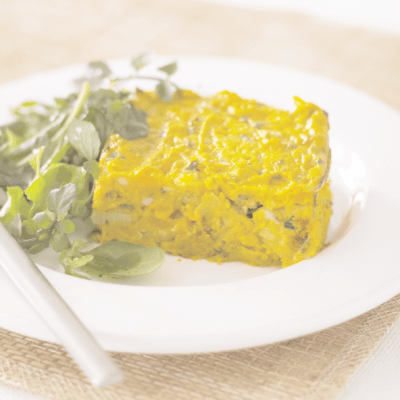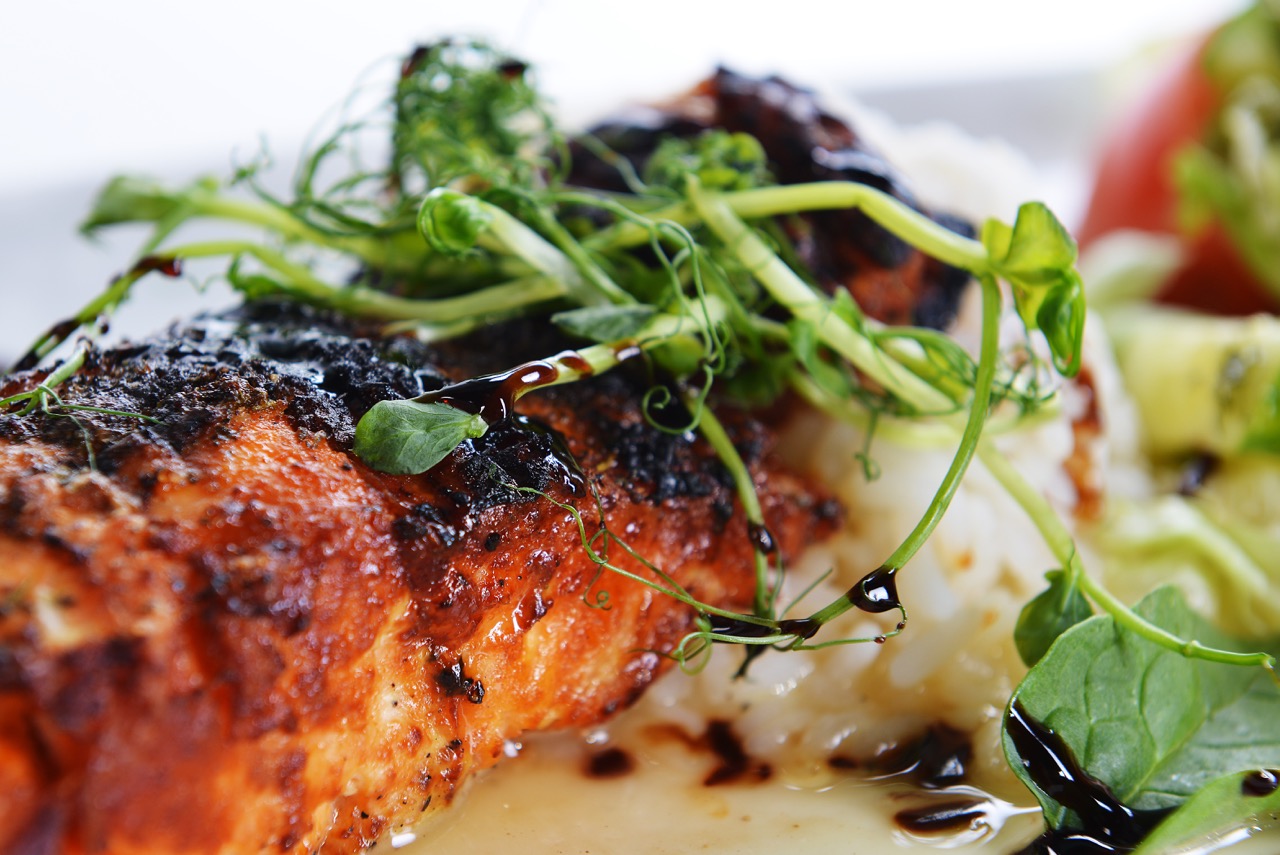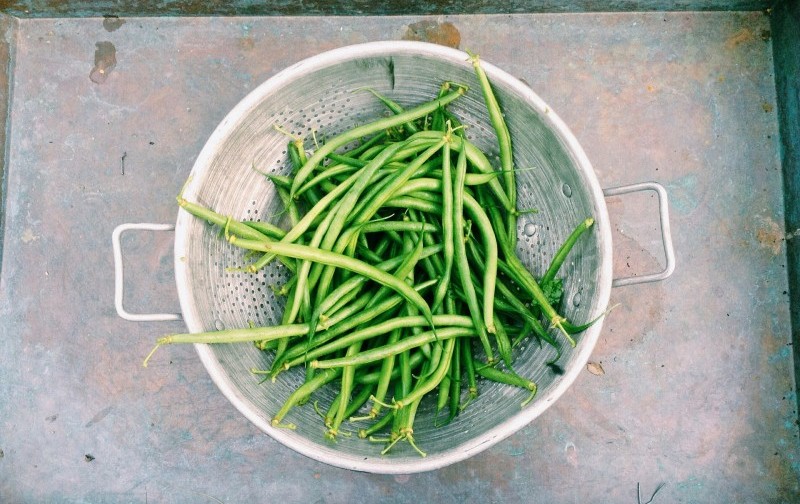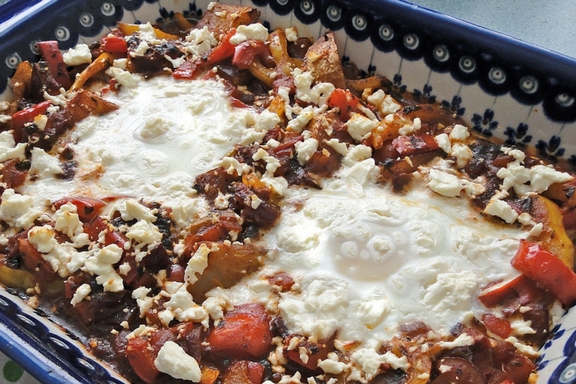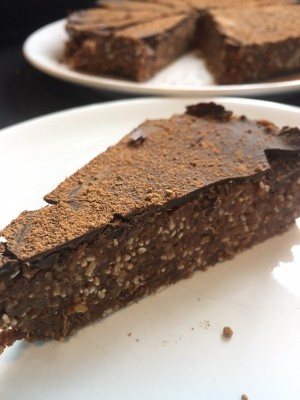
by Charmaine Dennis, FGHG Director and Naturopath
Impress your friends and loved ones with health cake.
Super easy, quick to make AND pretty. It’s nutrient dense, high in fibre, good fats, antioxidants, protein and energy as well as gluten, dairy and soy free and fine for vegans too. Small pieces are satisfying so it is a good idea for afternoon treat compared with a chocolate bar – but if you need something like to get though your afternoon or crave something sweet after dinner, you should probably come have an appointment with one of us to help you sort out your blood sugar balance!
My favourite part is how the thick layer of chocolate on the top cracks when you cut it. Such a satisfying sound.
Ingredients
· 2 cups walnut halves (soaked for 4 hours or overnight, rinsed and dried)
· ½ cup shredded coconut
· 1/3 cup rolled oats
· ¼ cup chia seeds (white or black)
· 2 teaspoon ground cinnamon
· 1 tablespoon raw cocao powder
· pinch chilli
· pinch sea salt flakes
· 18 medjool dates, fresh, pits removed
· 100g good quality dark chocolate, at least 75% and fair trade or organic
· Raw cacao powder, sifted over to serve
(Organic ingredients where possible make it taste even better of course)
Instructions
1. Process the walnuts, coconut, oats, chia seeds, cinnamon, cocoa, chilli and salt in a food processor until all the ingredients are chopped (not too finely) and mixed.
2. With the blades spinning, add the dates a few pieces at a time, until all the dates are added and mixture is starting to come together. Stop the processer and spoon down the sides a couple of times to mix well.
3. Press the mixture evenly into a 20cm cake tin, lined with baking paper (no need to grease) pressing and smoothing the surface down firmly with the back of a metal spoon.
4. Melt the dark chocolate in a bowl over boiling water and poor gently onto the top of the cake to cover completely to the sides
5. Cover and refrigerate until required.
6. To serve, dust with more cacao and cut into thin wedges
Notes
This recipe can also be turned into a slice or balls and rolled in cacao or coconut or dipped in the chocolate. If you are gifting the cake, it is nice to make a few balls to keep for yourself too.
Throw in what ever interesting ingredients you have – try other nuts like cashews or macadamias or seeds like sunflower or pipitas, nut butter, tahini, dry goji berries or other dry fruit, puffed quinoa or amaranth, matcha, bee pollen, maple syrup. You can experiment with different interesting tastes every time. Bit of this, bit of that, taste, taste, yum, yum.
It will keep in a glass container in the refrigerator for up to 2 weeks.
Let us know if you make one – we would love to hear about your variations.


